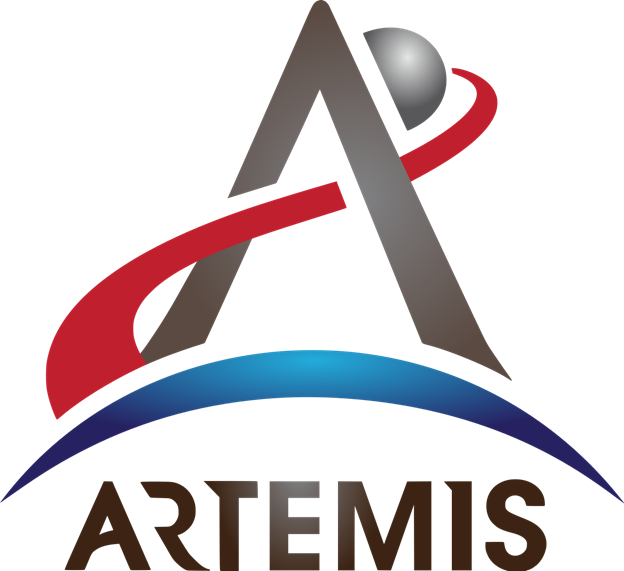Part 2 of 2 Parts (Please read Part 1 first)
Another critical need for astronauts on the lunar surface is access to drinkable water. This will require new water reclamation techniques. Water makes up about sixty percent of the human body. It is critical for health, sanitation, and irrigation. In order to provide enough water for long-duration missions, systems will need to be able to recover about ninety eight percent of the water used by the crew. On the ISS, researchers are working toward this goal. One system being tested is the ECLSS: Brine Processor System which demonstrates a technology to recover additional water from crew urine and reduce wastewater. This system uses special membranes in the system to retain contaminates and pass water vapor into the cabin’s atmosphere. Then the water vapor is captured and delivered to a water processing system. The system can also provide clean air and support the development of technologies that will be needed for future missions. This system has potential applications on Earth in remote locations with limited access to water as well.
A major challenge for lunar exploration will be infrastructure and materials needed to work and live in space. Two technologies that will help with this challenge are 3D printing and improved cement. Astronauts exploring near and deep space will need spare parts, tools, and materials available on demand. Continuous cargo resupply will be rendered impractical as missions travel farther from Earth. Creative solutions such as 3D printing could be the answer. 3D printing in Zero-G has produced dozens of parts for the ISS. This has proven that additive manufacturing and 3D printers work in microgravity. These experiments could be the first step toward establishing a machine shop for long-duration missions and even offer a way to recycle plastic materials. Improving 3D printing technology could also be a benefit to industries on Earth as well.
Habitats and infrastructure are other critical components of living and working in space. Microgravity Investigation of Cement Solidification (MICS) studies the complex process of hardening cement. Without gravity, the microstructure of solidified cements is very different from concrete that has been hardened on Earth. These studies evaluate the microstructure and material properties of cement. They also test responses to different thermal and mechanical loading. This could lead to ways to use this material to build lightweight space structures. Experimental results could also improve the properties of cement used on Earth and lower the carbon dioxide emissions generated by its production.
Another significant challenge for space travel is the limited availability of medical treatment for injuries. Custom wound patching may be one of the solutions to this challenge. In space, there will be no hospitals or ambulances to call in an emergency. Research on the ISS is preparing crews for missions without the need for immediate medical support by testing innovative technology such as Bioprint FirstAid. This European Space Agency (ESA) experiment demonstrates a device that could 3D print a custom wound patch on demand using a bioink made from cells obtained from the patient’s cells. This method could accelerate the healing process. On the surface of the Earth, such custom wound patches could provide patients with personalized and portable treatment options.
The challenges and possible solutions listed above are just some of the important issues in space exploration and exploitation that will need to be addressed as humans embark on missions to the Moon, Mars, and beyond. As the Artemis missions works to establish a long-term presence on the Moon and the ISS continues its decades of studies and results, missions taking humans farther from the Earth are coming soon.
